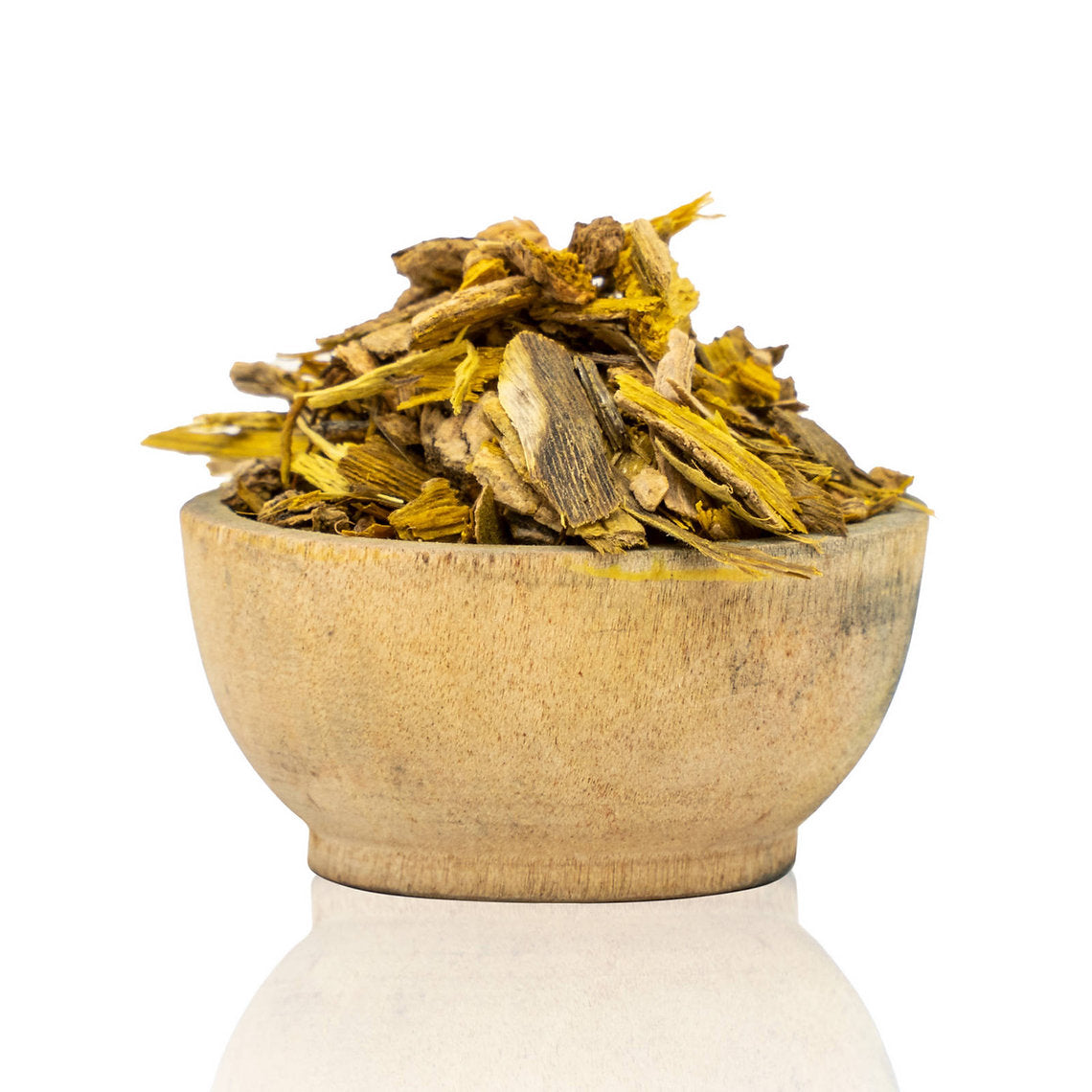
Barberry Root Bark cut (Berberis spp)
Pickup available at eHouse Rishon
Usually ready in 24 hours
Reliable shipping
Flexible returns
Description
Also known as European barberry, common barberry, Indian barberry, Oregon grape (closely related Mahonia species), zalea (Mapuche), and by many regional names across Asia and the Americas.
Description
Barberry roots and bark yield a dye belonging to the group of alkaloid dyes. While European species were never famed for their dyeing properties, their fruit was beloved in jellies and jams. In Asia and the Americas, however, barberry has been a valued dye plant for centuries. The roots and twigs were used by the Navajo, Apache, Mescalero, and Mapuche peoples, while in Asia barberry was often combined with turmeric to strengthen its fastness and stabilize its brilliant yellows.
Historical Note
Barberry dyes are among the oldest known alkaloid dyes. Its use across cultures—from the Andes to the Himalayas—speaks to its reliability and wide availability. In folk medicine as well as dyeing, barberry roots have been treasured for the striking yellow pigment they contain, which needs no mordant to bind permanently to fibres.
Active Coloring Compounds
-
Berberine
-
Palmatine
-
Berbamine
CI Colour Name
Closest family: CI Natural Yellow 18
Shading Tips
- No mordant needed → strong golden yellows
- Alum mordant → brighter, clearer tones
- Iron mordant → deeper olive-greens
- Copper mordant → warm green-gold hues
- Often combined with turmeric to improve its fastness and deepen the palette
Source
Barberry is a sustainable and renewable dye source.



